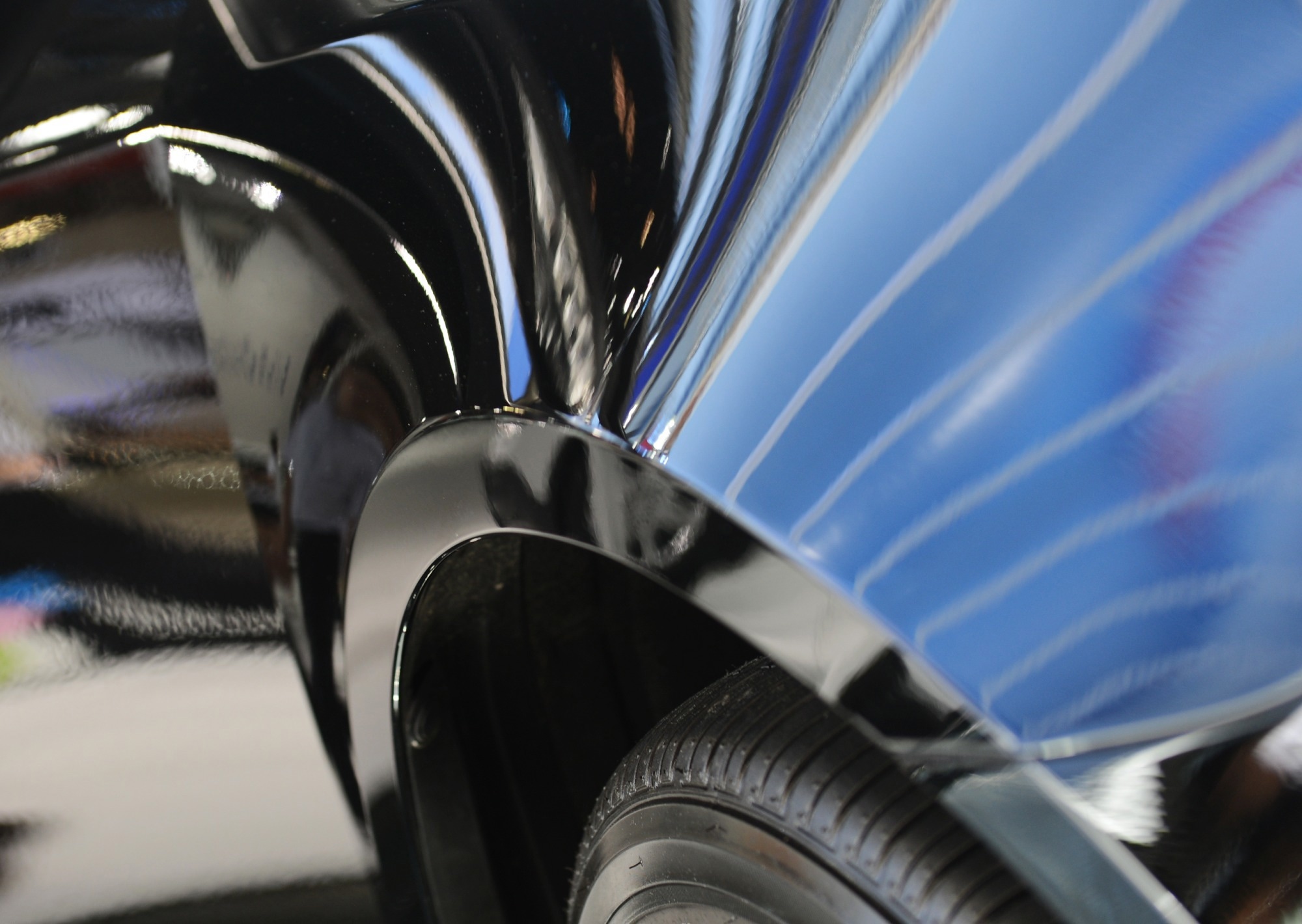In a recent paper published in ACS Applied Materials & Interfaces, researchers revealed the development of highly reflective black paint, utilizing titanium dioxide, to enhance the visibility of dark objects for autonomous vehicles equipped with lidar sensors, potentially improving road safety.

Image Credit: hxdbzxy/Shutterstock.com
Navigating the roads at night can seem intimidating for new drivers at first, but with practice comes confidence. On the other hand, self-driving vehicles encounter a distinct challenge. Their dependency on lidar sensors, which serve as their "eyes," is compromised by the challenge of detecting dark-colored objects.
Lidar, short for light detection and ranging, serves a wide range of purposes, from geological mapping to enabling self-driving vehicles. Similar to echolocation but using pulses of near-infrared light instead of sound waves, lidar operates by bouncing light off objects and back to the sensor, effectively mapping the 3D environment.
However, lidar encounters challenges when objects absorb more near-infrared light than they reflect, particularly evident on black-painted surfaces. Lidar struggles to detect these dark objects on its own, so one common solution is to have the system rely on other sensors or software to fill in the information gaps.. However, this solution could still lead to accidents in some situations.
In an effort to enhance detection capabilities without overhauling lidar technology, Chang-Min Yoon and his team pursued an innovative approach: developing a specially formulated, highly reflective black paint.
To create the new paint, the team initially deposited a thin titanium dioxide (TiO2) layer onto small glass fragments. Subsequently, they removed the glass using hydrofluoric acid, resulting in a hollow layer of white, highly reflective TiO2. This was then reduced using sodium borohydride to generate a black substance that retained its reflective properties.
Combining this material with varnish enabled its application as paint. The team proceeded to assess the efficacy of the new paint using two commercially available lidar sensors: a mirror-based sensor and a 360-degree rotating type sensor. Additionally, they evaluated a conventional carbon black-based version for comparison.
The researchers found that both sensors readily identified the specially formulated TiO2-based paint, whereas they struggled to detect the traditional paint. The team believes that their highly reflective material could enhance road safety by increasing the visibility of dark objects for autonomous vehicles already equipped with established lidar technology.
The study received financial support from the Korea Ministry of SMEs and Startups, as well as the National Research Foundation of Korea.
Journal Reference:
Jekal, S., et al. (2024). Designing Novel LiDAR-Detectable Plate-Type Materials: Synthesis, Chemistry, and Practical Application for Autonomous Working Environment. ACS Applied Materials & Interfaces. doi.org/10.1021/acsami.4c00470.